Whether you’re searching for capital appreciation, rental income, currency diversification or a back-up residency, below are the top 10 overseas real estate markets to consider for investment in 2020.
If you didn’t manage to take advantage of the serious opportunities for U.S. dollar holders this year, don’t worry; you enter 2020 with the upper hand in many overseas markets. Looking south to Latin America, you’ll find you have strong buying power—particularly in Brazil, Colombia, and Mexico.
While it’s impossible to predict how Brexit may affect the euro and European property markets, the U.S. dollar still stretches farther in the Old World than it did five years ago. And an additional benefit to investing in most of Europe is unlimited travel within the Schengen Area.
Here are your top 10 options for real estate investment in 2020:
1. Brazil
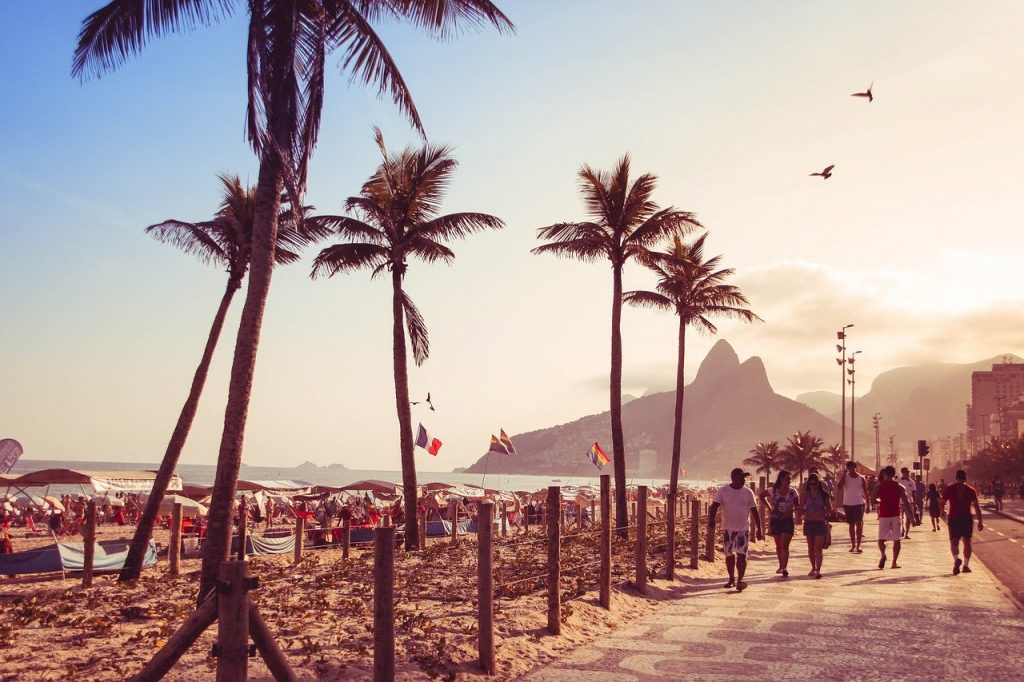
Everything Brazil has to offer is available at a discount right now. The Brazilian real continues its historic low against the U.S. dollar (at the time of writing, US$1 equals 4.22 Brazilian reais). You have the opportunity to significantly increase your quality of living in this country using the U.S. dollar.
The area that we see offering most potential is in the state of Ceará—on the country’s northeast coast—following a trail from Fortaleza down past the popular beach resort of Canoa Quebrada. This is where the path of progress is right now. Fortaleza is Airbnb’s top vacation rental destination for both national and international families, more popular than those in Miami and Honolulu (in fact, it’s the only South American listing in the top 15 worldwide destinations). Airbnb estimates occupancy to be over 80%, and the current average rental rate is 500 reais a night (US$117). Farther down the coast, near Canoa Quebrada, it’s possible to own a two-bed beachside villa for US$97,000.
In a bid to increase tourism, the Brazilian government decided to waiver visas for Americans, Canadians, Australians, and Japanese starting June 2019. As a result, an increasing number of low-cost foreign airlines are opening flights to Brazil. Americans can now fly from the States to Brazil in eight hours or fewer because of GOL airlines’ direct flights to Fortaleza and the capital, Brasilia. And in 2020, Virgin Atlantic will link London and Sao Paulo—its first route to South America. All this visitor traffic means an increase in demand for short-term accommodation.
2. Panama
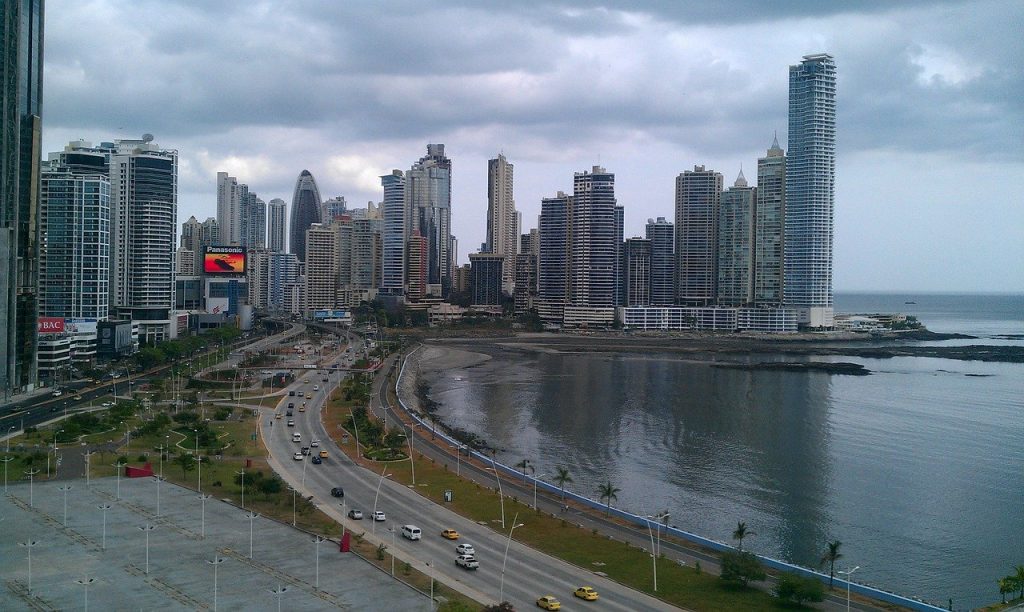
Panama is one of the easiest places on earth for North Americans to live, work or retire.
While other markets in this region have struggled and even collapsed, Panama City has sustained stable economic growth over the last dozen years. This growth is due mostly to Argentine, Colombian, and Venezuelan buyers, largely independent of North American investment.
Two key investment opportunities to focus on are agricultural land as well as apartments for long and short term rental. Panama’s interior is a fertile bread basket; individual investors can buy into organic plantations for turn-key agro-profits of 15% and higher.
A third area to watch in 2020 is the opportunity to cash in on Panama’s growing demand for quality, affordable housing for its expanding working class. With these government-backed schemes, you can earn as much as a 23% fixed return within 24 months.
3. Belize
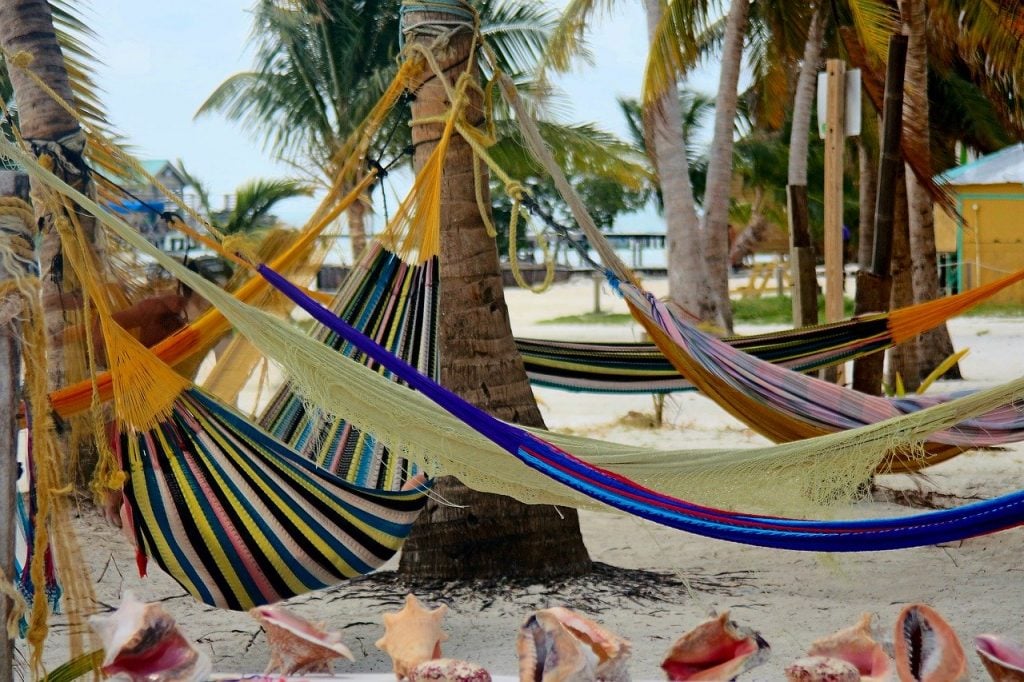
With its Qualified Retired Person program, Caribbean lifestyle, and ease of doing business (English is the official language), Belize nails it as a top retirement haven. It also continues to draw sun-loving tourists to its islands while the more adventurous go inland to explore its rainforest, rivers, and ruins.
North Americans make up the bulk of these visitors. In 2018, over 67% of tourist arrivals hailed from the United States. Ambergris Caye remains the top draw for American visitors—the Belize Tourism Board reports that 42% of U.S. visitors choose to stay here, followed by Caye Caulker at 20%.
Reports from the Belize Tourist Board show that 66% of U.S. visitors to Ambergris go for resort accommodation (just 12% choose Airbnb/VRBO offerings). For strong rental returns on Ambergris Caye, look for units being sold as part of a hotel resort. Once all amenities are up and running, rental returns can go into double digits.
The other area to keep an eye on through 2020 is around San Ignacio, in the Cayo District, where the expat community continues to grow. If you have an interest in this part of Belize—and plan to spend some time here—one of the easiest investments you can make right now is in a turn-key tiny home. Bungalow designs in one development here start from US$76,250… and it costs just US$35,000 for a lot to build on. Comfortable rentals, either short- or long-term, are not easy to find in Cayo, so you could also rent out your home here for passive income.
4. Portugal
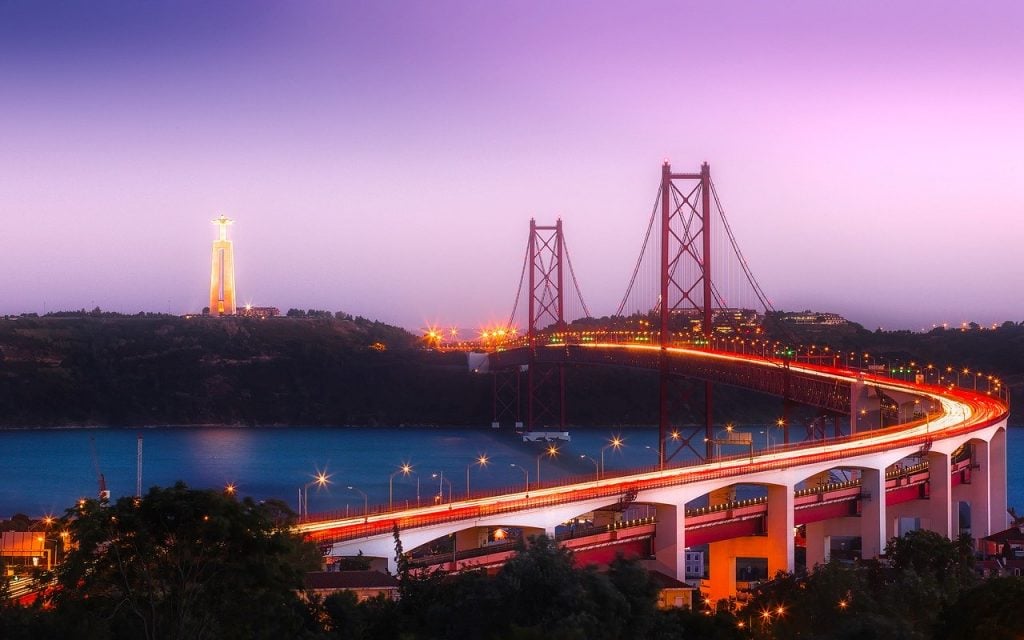
Year-round sunshine… golden beaches backdropped by dramatic cliffs… a healthy Mediterranean-inspired diet… rich history… a sophisticated capital city that bursts with culture… and the ease of travel to other European corners by train or plane. What’s not to love about Portugal?
A long-time favorite with European—and especially British—travelers, Portugal has seen a surge of international tourism in the past few years. In 2017, the country hit a record 20 million visitors—with 685,000 visitors from the United States (also a record).
Property markets in Portugal have been on the move since 2015. Prices in some neighborhoods of Lisbon have reached exorbitant levels (upward of 10,000 euros per square meter). Other areas of this city, however, continue to offer good value and opportunity, especially if you're up for a renovation project. For example, in up-and-coming Martin Moniz, the price per square meter is often slightly less than the city’s average of 2,581 euros (US$2,867) per square meter.
Across the Algarve, as well, renovation projects are the best buys. A property ready for rental today likely comes with a price tag that translates to a net rental yield of maybe 5%. While prices have risen, rental rates have not kept pace, meaning yields have fallen from the 8% to 10% net you could have expected two or three years ago if you bought right. The attraction—aside from currency diversification—would be to have a place you can spend at least some weeks of the year. And, if political risk in some Latin American countries worries you, here you’d be buying into a stable country with a strong economy.
5. Colombia
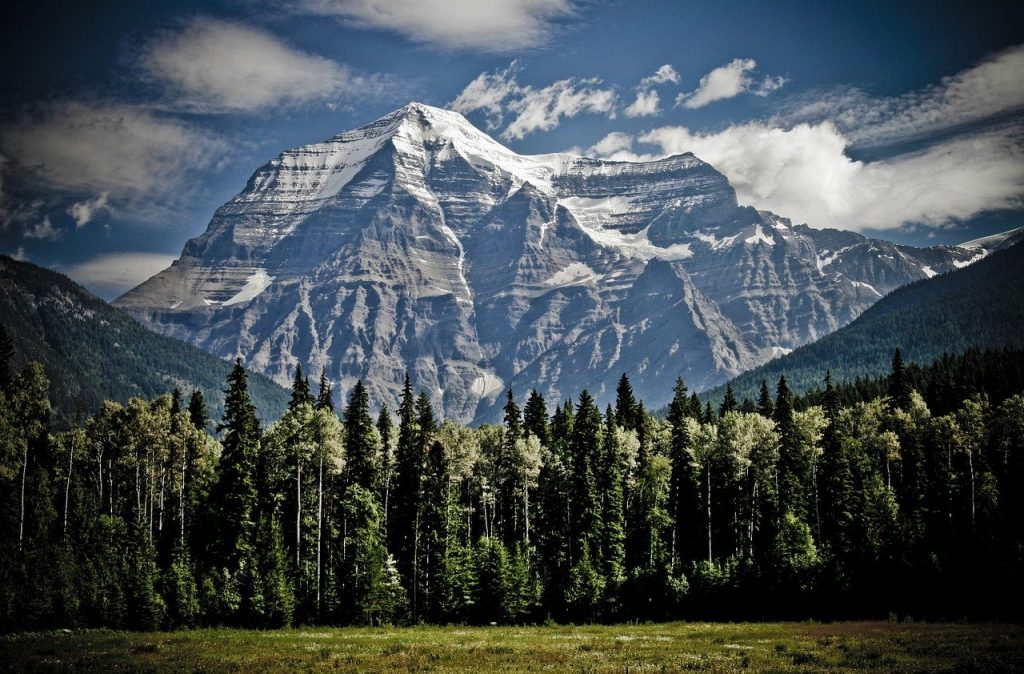
The strength of the U.S. dollar (as well as the Canadian dollar, to a lesser extent) is making Colombia’s already bargain-priced property markets even more irresistible. Famous American investors like Jim Rogers, Donald Trump, and Sam Zell have spent a lot of money here, with Zell already in to the tune of US$75 million. And, there’s still time for you to get in, too.
Afraid Colombia’s too risky? The World Bank ranks the country as the number-one country in Latin America—and the 6th best country in the entire world—for investor protection...
The FARC peace deal in 2016 contributed to the country’s positive image on the worldwide stage. Tourism figures are way up. The country saw more than 3 million tourists for the first time ever in 2017. That record-setting pace continued in 2018, with estimated growth of up to 40% over 2017, and the number is expected to increase further in 2019. For property owners, that spells strong demand for short-term rentals…
As in Brazil, Colombian real estate comes to you today at a significant discount—even when buying on the sand. Back in late 2013, US$1 got you around 1,920 Colombian pesos. Today, you’ll get 3,476 pesos for your buck. In other words, a property priced at 800 million pesos in 2013 would have cost you US$416,000. Today, an 800-million-peso price-tag comes in at just US$230,000.
Medellín, Bogotá, and Cartagena are all markets worth taking a look at right now—all offer a great lifestyle and have thriving tourist markets. Aside from the currency discounts currently on offer, Colombia—like its neighbor Panama—also offers opportunities to earn double-digit returns in turn-key farming opportunities.
6. Malaysia

With its popular MM2H (residency-by-investment) program suspended in late 2018, we started into 2019 with Malaysia on the sidelines. But the good news is that this country makes a strong comeback for 2020.
In April, the Malaysian government returned with a new set of guidelines that strengthen MM2H’s vetting process and safeguard the public against terrorism, criminal syndicates, and other security threats. Already, over 40,000 expats are enjoying MM2H status and its zero tax on foreign earnings.
Expats from all over Asia, Europe, Australia, and, increasingly, North America are drawn to this welcoming country that has many faces. From the uber-modern architecture and infrastructure of Kuala Lumpur… to Penang where you can have all the conveniences of city life by the beach… to the lesser-known colonial city of Kota Kinabalu in Malaysian Borneo, your dollar can stretch far here. Monthly budget for a couple renting in KL starts at US$1,510 a month, while in George Town, Penang, figure upward of US$1,070.
As a former British Colony, English is the official language of business in Malaysia and is widely spoken in the bigger cities. Another major bonus is the top standard of health care—medical tourism is a growing business for the country, and Malaysia welcomed more than 1.2 million medical tourists in 2018.
Foreigners buying property in Malaysia are restricted to certain minimums that differ according to location. In some states, these figures are lowered for MM2H visa holders. For example, for foreigners buying on the island of Penang, the minimum purchase price is 2 million ringgits (US$478,980 at today’s exchange). But with MM2H, the minimum is lowered to just 350,000 ringgits (US$83,820). Meanwhile, in Kuala Lumpur, the minimum for foreigners—regardless of MM2H status—is 1 million ringgits (US$239,540).
You’ll find developers pricing their condos to meet these minimum price ranges. From an investment perspective, look for pre-construction offerings in developments geared toward the MM2H set.
7. Greece

Finally, after more than a decade in recession, the ancient deities are once again smiling on Greece. The 2008 crisis shrunk the country’s economy by 25%, but over the past 18 months, the market has been slowly rebounding. In the first eight months of 2018, the number of property transactions recorded by the Athens land registry was up 59.6% on 2017. Prices in Athens rose 3.7% over 2018, but, across the nation, property is still undervalued.
Helping recovery is the government’s Golden Visa scheme—offered to non-EU citizens and their family members in return for a property purchase. Qualifying investors get a residence permit and full access to the Schengen Zone. To qualify for Golden Visa status, the total value of the property investment must equal or exceed 250,000 euros (US$277,400). With undervalued property countrywide, those 250,000 euros can go far. In Athens city center, where the average price is currently 1,810 euros a square meter, you should get around 140 square meters for the minimum entry.
While major developments are taking place in Athens—particularly on the waterfront—a piece of one of the world’s great ancient cities isn’t the only option…
Renowned as the birthplace of Zeus, Crete is the largest of Greece’s 227 inhabited islands and especially popular with European tourists. It’s among the top five destinations in the country that saw 33 million tourists in 2018—accounting for 16 billion euros in revenue.
Though you’ll see villas for sale in the seven- and eight-figure range, you’ll also find property geared toward the Golden Visa minimum entry of 250,000 euros… and just above. One development near Chania is offering apartments from 285,000 euros (US$316,180). For that price, you get a 60-square-meter unit with two bedrooms, bathroom, kitchen/living area, and covered balcony. All units have views of the Aegean and are just meters from the sand.
Should you invest merely for rental return, as a Golden Visa holder, you never have to spend a day in Greece… but you are free to roam the Schengen Zone as you please.
8. Dominican Republic
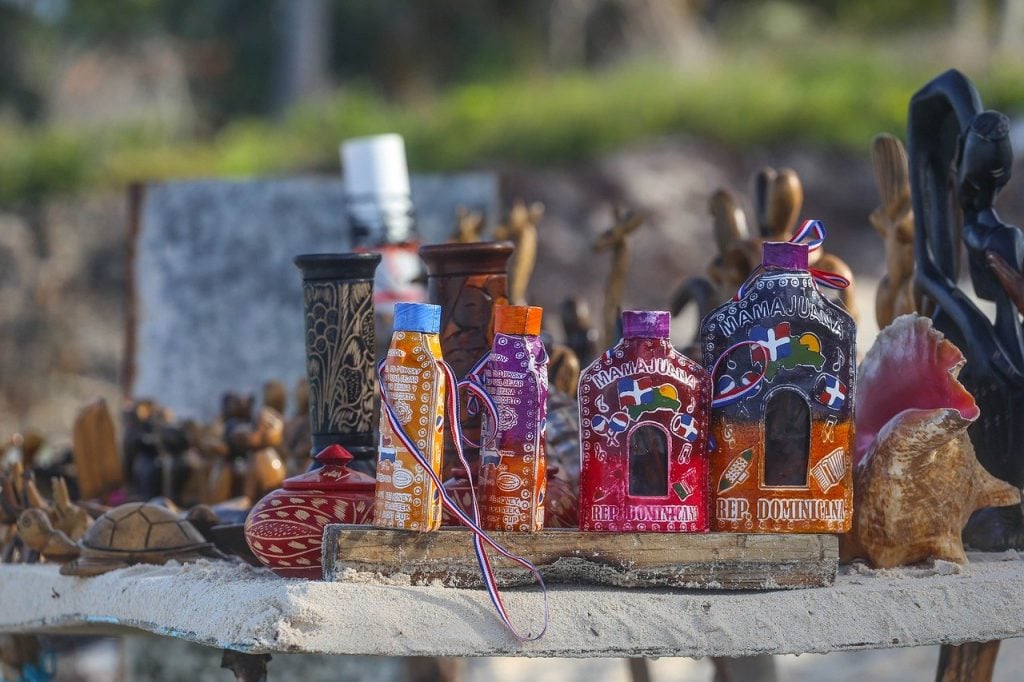
Tourism in the Dominican Republic is booming. Growth of 6.2% in 2018 puts it above the world average growth of 6% and makes the DR the most popular Caribbean destination—representing 20% of all traffic to the region.
Las Terrenas, on the Samaná Peninsula, is the place our editors have identified as offering the best lifestyle in the country. What sets Las Terrenas apart in the DR—and possibly from any beach town in the world—is its sophisticated lifestyle. This is a town that was settled generations ago by the French. Their descendants are now the ones helping to manage and run the town, along with the British, Italian, and German expats that followed over the years. This explains the pâtisserie-baked pains au chocolat, fine French and Italian wines, authentic German sausages (and beer), Swiss cheeses, and real American cheeseburgers you’ll find around town.
Harder to explain are the local property prices—figures that would be unheard of in most other parts of the Caribbean. Today, you can buy a condo close to one of Las Terrenas’ most beautiful beaches from US$86,100. Villas start from under US$200,000. And, if you'd prefer to build your own dream home, ocean-view lots start as low as US$30 to US$40 a square meter... while building packages for a two-bedroom villa start from US$160,000.
Local appreciation is currently around 3.5%, and rental returns on the best beachfront units we’ve seen are generally in the 9% to 12% range.
As a bonus, the Dominican Republic is offering an easy and affordable permanent residency program right now—a property purchase of US$200,000 fast tracks you to eligibility.
9. Cyprus

After eight years of falling prices, Cyprus’ real estate market now appears to be on a steady upswing, with the rate of sales and new builds both increasing over the last couple of years. The first half of 2019 shows that property sales overall have increased on the island by 24.4% over 2018, and construction permits have increased by 38.4% in 2019 compared to the same period in 2018.
A large part of the recent growth has been fueled by foreign, non-EU interest—largely attributed to the government’s efforts to encourage investment in the country through the citizenship-by-investment program. Luxury properties are in particularly high demand. To qualify for residency and citizenship in Cyprus through a real estate investment, you must spend at least 300,000 euros on new property in a government-approved development. The time-in-country requirement is a minimum of one visit every two years.
With an average 320 clear-sky days a year, Cyprus is one of the few spots in the Mediterranean where it’s still possible to enjoy a quiet lifestyle at an affordable price. Writing for Overseas Property Alert last year, American expat Dean Lewis who lives in Northern Cyprus reported that he paid just 42,000 pounds (approximately US$56,322 at the time) for his two-bedroom, two-bath apartment located about 50 meters from the sea.
All real estate in Northern Cyprus is priced in pounds. With the Greenback gaining strength against the pound over the past few years, that's good news for those with U.S. currency to spend.
10. Mexico
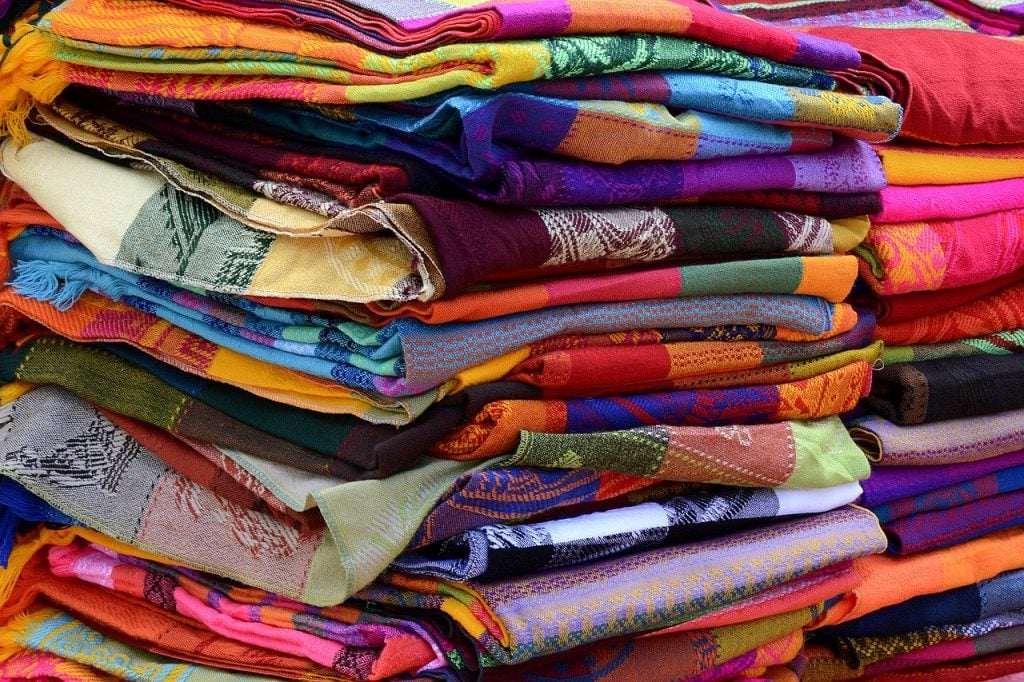
Though Mexico entered a mild recession early this year, the housing market is strengthening. Over the first three quarters of this year, the nationwide house price index rose by 4.96%--its biggest jump in three years. And, U.S. dollar holders still have strong buying power in this country…
Areas south of the border to watch closely include Puerto Vallarta and Mazatlán (both on the west coast of the country), as well as the Riviera Maya, on the Yucatan peninsula, that takes in the coastline south of Cancún all the way down to Tulum.
Senior Real Estate Correspondent Lee Harrison, who now calls Mazatlán home much of the year, says that his Mexican hometown “offers the best beachfront lifestyle you’ll find in Mexico... It boasts over 10 miles of sandy beaches, which vary from bustling and energetic stretches conveniently near town, to sections of isolated shoreline where you can get away from it all.
“But what sets this city apart is its Spanish-colonial historic center. Having a colonial city on the beach is what drew me to Mazatlán. Both the beach and colonial lifestyles offer countless options for fine dining, quiet coffee shops, energetic and friendly bars... as well as a dynamic and active real estate market.
“Properties are inexpensive compared to almost any beachfront world market. You’ll spend less in Mazatlán for seaside properties than you’ll spend in Cancún, Playa del Carmen, Puerto Vallarta, or even Tulum.
“Taxes are negligible. I own a large, new condo of 228 square meters (2,450 square feet) on the waterfront at the edge of the historic center. My tax bill was US$104 for 2019.”
Meanwhile, over 25 million visitors passed through Cancún airport last year. When it gets its new terminal, that number is expected to reach 40 million tourists—many of whom will travel down south to the Riviera Maya. Property sales on the Riviera Maya (Mexican Caribbean) are increasing by 9% per year—2% ahead of the national average.
Attractive studios we’ve found in Tulum start at US$83,000; one-bed apartments from US$120,000 and two-beds from US$183,000. With average occupancy in the area at 80%, investors can see net rental yields of up to 14%... plus, right now, that tidy 9% annual appreciation.
By Lynn Mulvihill
Hey Lynn,
Thanks for the interesting article. I am always on the lookout to find the best places to invest and live. That's how I ended up in Las Terrenas, DR! I truly love this place, like many other ex-pats living here. The freedom, authenticity, and mix of cultures are just amazing. I work in a real estate agency called Atlantique Sud which has been helping people find their dream home in Las Terrenas since 2000. So for those interested to take a leap and explore the area, its beauty, and potential, we'd be happy to help! If you take a look at the website you'll find plenty of properties for sale but more importantly useful resources and articles about the lifestyle, buying process, etc... Take care!